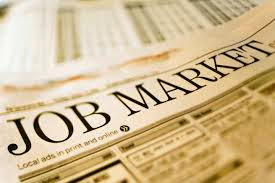Hi WHO! Who are Egypt's street vendors?
.jpg)
Who are Egypt's street vendors? This study provides an overview of who Egypt's street vendors are, what characteristics they carry and what they aspire to.
.jpg)
Click The Following Link Here Or Image Below To Download Whitepaper Otherwise, View & Save Below;
' National Overview!

.jpg)





